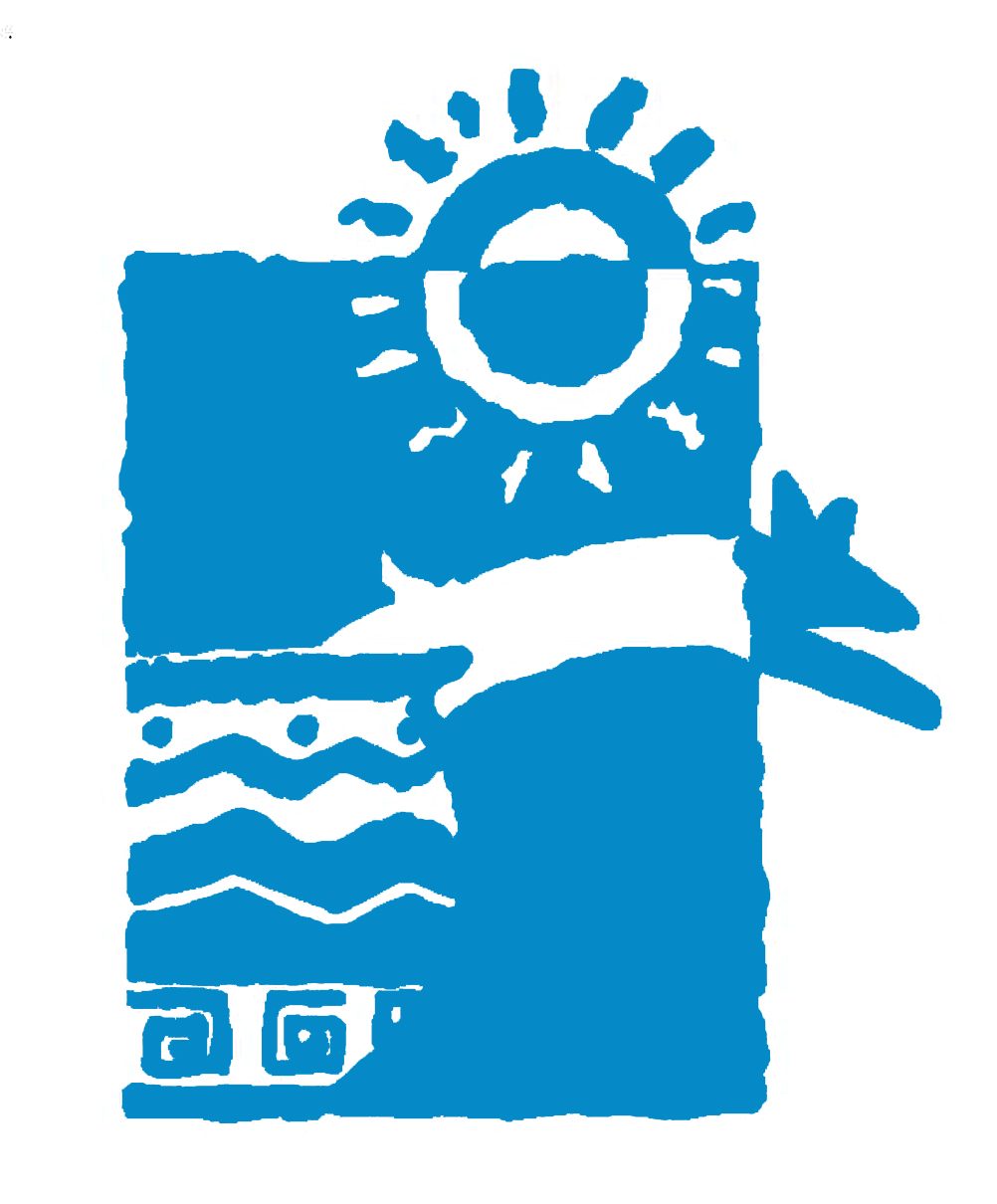[Source: YumaSun.com] — The public is invited to review and comment on the preliminary plans for a new park proposed for the Yuma East Wetlands on Friday. An open house for the Yuma Nature Park, as it is now being called, will be held 11:30 a.m. to 1:30 p.m. in the room formerly used as the council chambers at 180 W. 1st St.
The park is one of two envisioned in the master plan for the East Wetlands and permitted by the U.S. Army Corps of Engineers. The proposed location is within Yuma city limits, just inside the levee at the alignment of Pacific Avenue. The plan calls for picnic shelters or ramadas, hiking trails and access to bird-watching, canoeing and kayaking.
“For the past five years, our focus has been, by necessity, the clearing of non-native vegetation and planting of native trees and grasses,” Charles Flynn, director of the Heritage Area, said in a news release. “But we always planned on making the area more accessible with a limited number of parks and trails.” [Note: to read the full article click here.]
